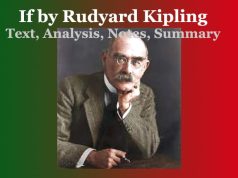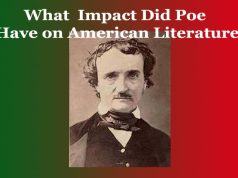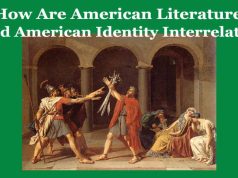Modernism in Literature
Modernism in Literature
Introduction:
Modernism in literature refers to a cultural, artistic, and literary movement that emerged in the late 19th and early 20th centuries. This movement was characterized by a self-conscious break with traditional ways of writing, in both poetry and prose fiction. Modernist literature is known for its exploration of new narrative techniques, themes, and a departure from conventional storytelling.
Features and Aspects of Modernism in Literature:
Experimentation with Form: Modernist writers experimented with narrative forms, challenging traditional structures. Stream of consciousness, fragmentation, and nonlinear timelines became common techniques.
Example: James Joyce’s “Ulysses” employs stream-of-consciousness narration, capturing the inner thoughts and experiences of characters in a fragmented form.
Fragmentation and Discontinuity: Modernist literature often featured fragmented structures, reflecting the sense of dislocation and uncertainty that characterized the modern era. Narratives were not necessarily linear, and readers had to piece together the story.
Example: T.S. Eliot’s poem “The Waste Land” presents a fragmented and disjointed portrayal of post-World War I disillusionment.
Symbolism and Imagery: Modernist writers used symbolism and vivid imagery to convey complex emotions and ideas. Symbolic elements often replaced straightforward representation.
Example: In F. Scott Fitzgerald’s “The Great Gatsby,” the green light serves as a symbol representing Gatsby’s unattainable dreams and the elusive nature of the American Dream.
Alienation and Loss: Many modernist works explore themes of alienation and loss, reflecting the social and cultural upheavals of the time, including the aftermath of World War I.
Example: Ernest Hemingway’s “The Sun Also Rises” portrays a generation grappling with the sense of disillusionment and loss after the war.
Focus on Subjectivity: Modernist literature often delved into the subjective experiences of characters, emphasizing the individual’s thoughts, feelings, and perceptions.
Example: Virginia Woolf’s novel “Mrs. Dalloway” explores the inner thoughts and emotions of its characters through the use of stream of consciousness.
Cultural and Social Critique: Modernist literature frequently critiqued societal norms, values, and institutions. It reflected the questioning of established beliefs in the face of rapid societal changes.
Example: Franz Kafka’s “The Metamorphosis” critiques societal expectations and the dehumanizing effects of bureaucracy.
Urbanization and Industrialization: Modernist literature often addressed the impact of urbanization and industrialization on society. Writers explored the challenges and disorienting effects of modern urban life.
Example: T.S. Eliot’s poem “The Love Song of J. Alfred Prufrock” captures the anxieties and alienation of an individual in the modern city.
Cultural Relativism: Modernist literature reflected a shift towards cultural relativism, acknowledging diverse perspectives and questioning the universality of certain values.
Example: Chinua Achebe’s “Things Fall Apart” challenges Eurocentric narratives by presenting the story from an African perspective.
Conclusion:
Modernism in literature represents a period of profound transformation, characterized by a departure from traditional literary forms and an embrace of experimentation and innovation. It reflects the complex and often tumultuous experiences of the early 20th century, offering readers a diverse range of narratives and perspectives that challenge established norms and conventions. 0 0 0.
Modernism in Literature
You May Like:







